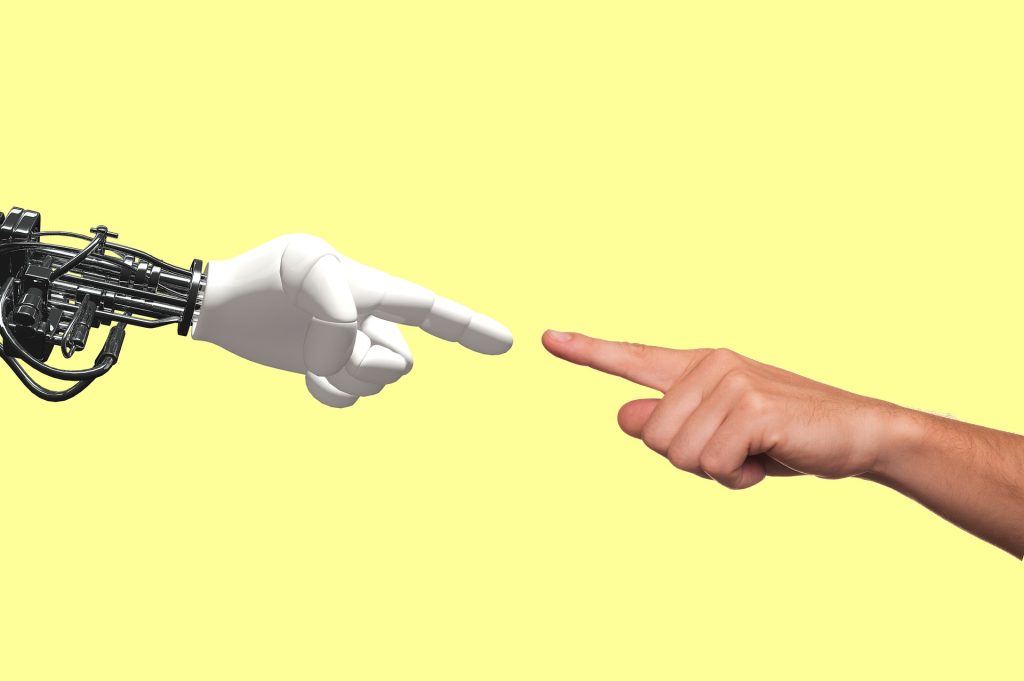Fully Functional Delivery Robots To Grace The Streets of Japan
Japan, one of Asia’s most tech-friendly countries, will witness the first full-fledged services of automated delivery robots in April this year. Trial runs of such delivery robots have already been conducted in both residential areas and business zones.
The Revised Traffic Law In Japan
To accommodate and regulate the next generation of vehicles like EVs or self-driving cars, the Japanese government passed a bill in 2022 that would revise the old traffic law.
As per the revised law, the government would issue a license to an operator of a level 4 unmanned vehicle. (A level 4 unmanned vehicle can drive without human intervention, but the controls can be overridden anytime). The operator must have a system in place to send in manual assistance in case of accidents or other such emergencies.
As far as automated delivery robots are concerned, the law mandates that the operators of such robots have to register them with the authorities.
The revised law regarding the operation of unmanned vehicles will come into effect in May this year, while the operations of automated delivery robots are going to start in April 2023.
Deliro – The Japanese Food Delivery Robot
There was a trial run of Deliro – a food delivery robot made by the Japanese company ZMP. The robot was used to deliver a hamburger to an office that was 500 metres away from the hamburger store.
The Deliro robot is powered by the proprietary autonomous driving software of ZMP and has a maximum load capacity of 50kg. With multiple built-in cameras, the Deliro robot can see everything around it.
Such robots are generally fed with the map data of the place that they would operate in. Armed with cameras and a pre-set route, the robots can easily navigate the streets, take an appropriate turn and deliver the package to the intended receiver.
Automation – The Saving Grace For an Aging Population
More than 38% of the population in Japan is 60 years old, while around 29% of the people are above the age of 65. This ageing population of Japan has an extremely negative effect on the economic health of Japan. According to a study, Japan would need to raise the retirement age to 77 to prevent more severe effects on its economic health due to this stagnancy in population.
Automation and automated robots can certainly help Japan to fight this shrinking workforce. To borrow the words of the IMF, if Japan becomes the “Land of Rising Sun”, it can significantly repair the damage inflicted on the economic growth of the country. According to the World Economic Forum, the e-commerce sector in Tokyo will see an 85% increase in demand by 2030, and accordingly, the city would need to increase the number of its delivery vehicles by 70%. But what would be the use of that increase if there were no drivers to drive them? This is why the rise of automated delivery robots is a piece of good news for Japan.
Some Challenges
2023 is going to be a game-changing year in the history of Japan with the rise of full-fledged automated robot delivery services. The robots would still need to be remotely monitored – and sometimes controlled. It is estimated that one person can remotely manage 10 delivery robots.
Now, the question is, who gets to manage these robots? Will the general workers be able to manage them, or will Japan need an elite group of highly skilled people who would manage them? If the second is true, then the usage of robots might make life difficult for the remaining number of workers in the Japanese workforce. It is necessary to train the young people of Japan regardless of economic background so that they can monitor, manage, control and repair these robots.
